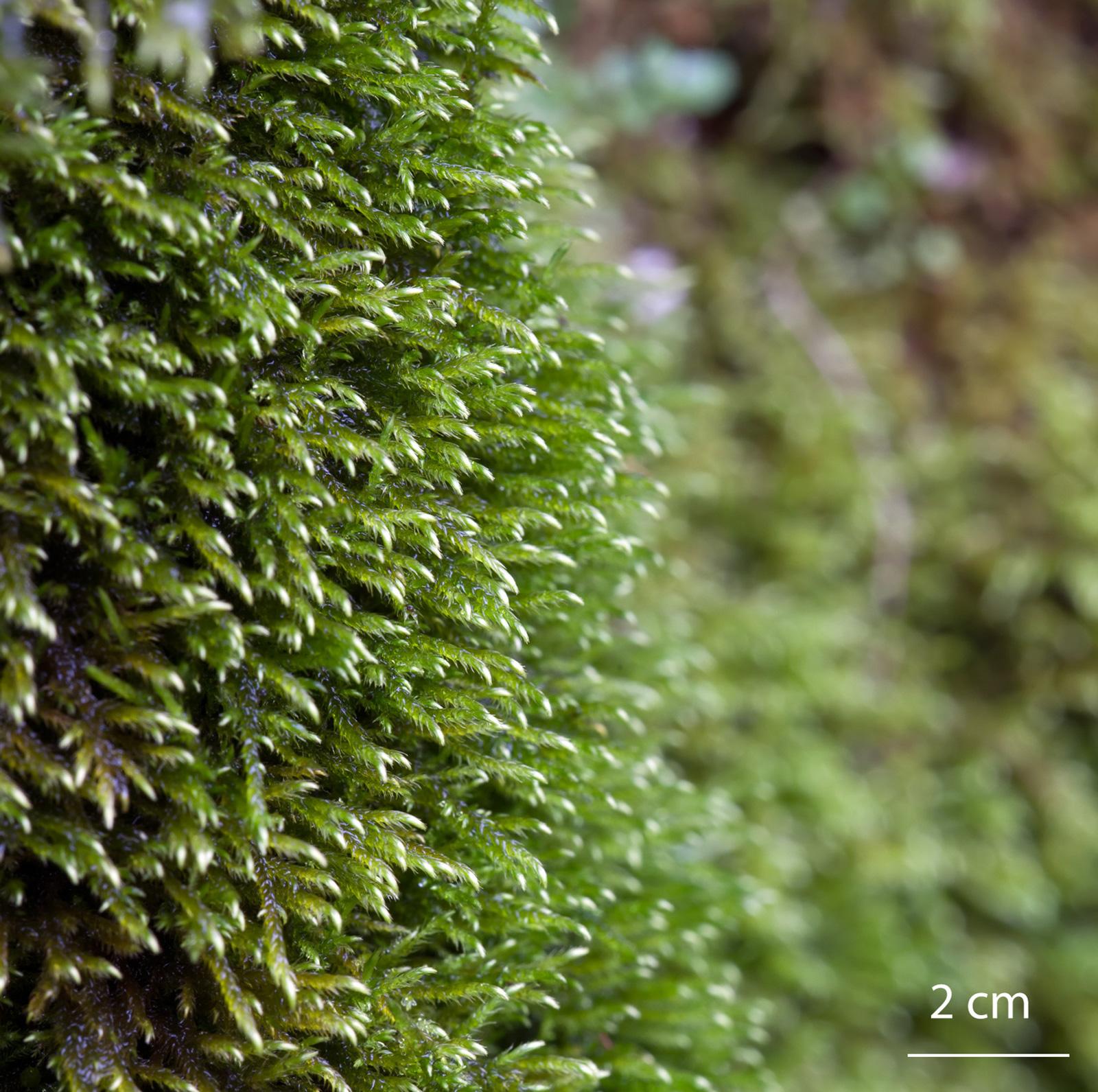
Cratoneuron-filicinum-moss.jpg from: https://elmusgo.blogspot.com/2013/07/cratoneuron-filicinum.html
Introduction
In the vast and captivating world of
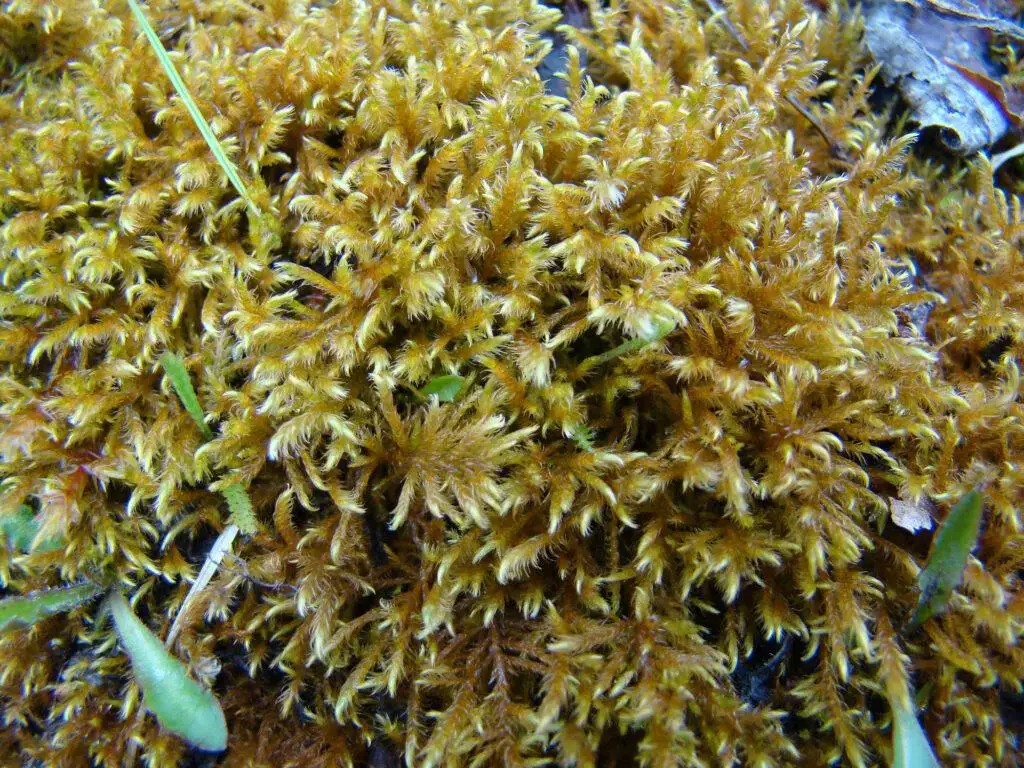
Cratoneuron-filicinum-1-408-1024×768.jpg from: https://www.britishbryologicalsociety.org.uk/learning/species-finder/cratoneuron-filicinum/
bryophytes
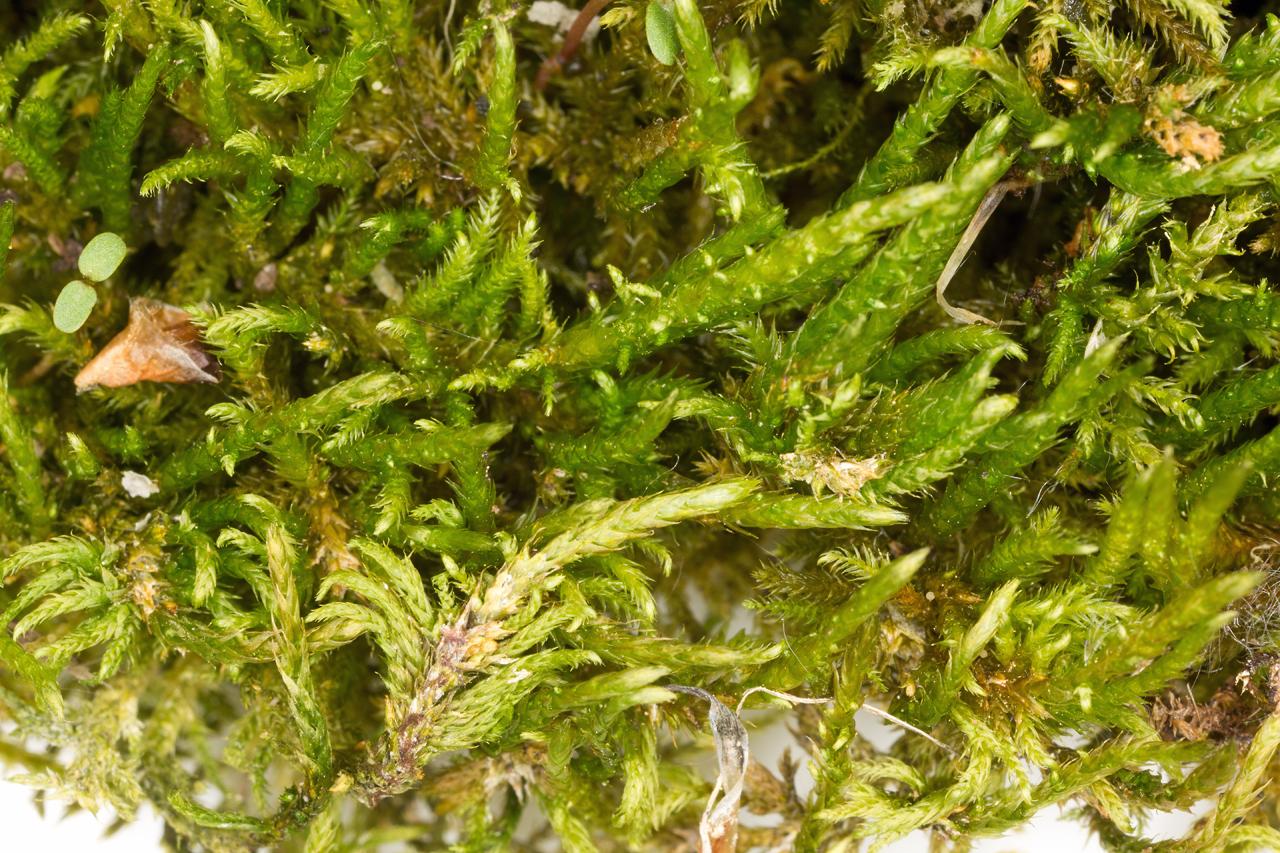
c_filicinum.jpg from: https://wnmu.edu/academic/nspages/gilaflora/cratoneuron_filicinum.html
, one particular moss species stands out as a true marvel – the Cratoneuron filicinum (Hedw.) Spruce. Belonging to the Amblystegiaceae family, this unassuming yet fascinating plant has captured the hearts of moss enthusiasts worldwide. Let’s embark on a journey to unravel the secrets of this extraordinary moss, exploring its unique characteristics, global distribution, and ecological significance.
Background
Before delving into the intricacies of Cratoneuron filicinum, it’s essential to understand the broader context of bryophytes. These non-vascular plants, which include mosses, liverworts, and hornworts, are often overlooked but play a crucial role in various ecosystems. They are among the oldest land plants on Earth, dating back to the Paleozoic era, and have adapted to thrive in diverse environments, from arid deserts to lush rainforests.
Main Content
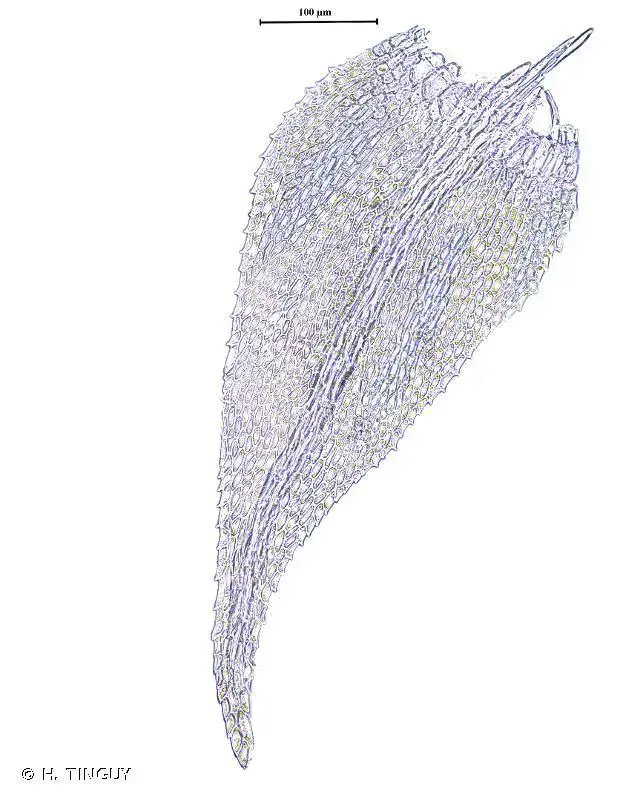
204586.jpg from: https://inpn.mnhn.fr/espece/cd_nom/5502/tab/archeo
Morphology and Identification
Cratoneuron filicinum is a pleurocarpous moss, meaning its stems grow horizontally along the substrate. Its slender, creeping stems can reach lengths of up to 10 centimeters, adorned with delicate, fern-like leaves that give it a distinct and captivating appearance. The leaves are lanceolate in shape, with a single costa (midrib) running along their length. When viewed under a microscope, the leaf cells reveal a intricate pattern of hexagonal shapes, adding to the moss’s intricate beauty.
Global Distribution and Habitat
This remarkable moss species has a widespread distribution, found across various regions of the Northern Hemisphere, including Europe, Asia, and North America. It thrives in calcareous environments, such as limestone outcrops, seeps, and springs, where it forms lush, verdant carpets. Cratoneuron filicinum is also commonly found in wetlands, streams, and other aquatic habitats, where it plays a vital role in maintaining the delicate balance of these ecosystems.
Ecological Roles and Adaptations
Despite its diminutive size,
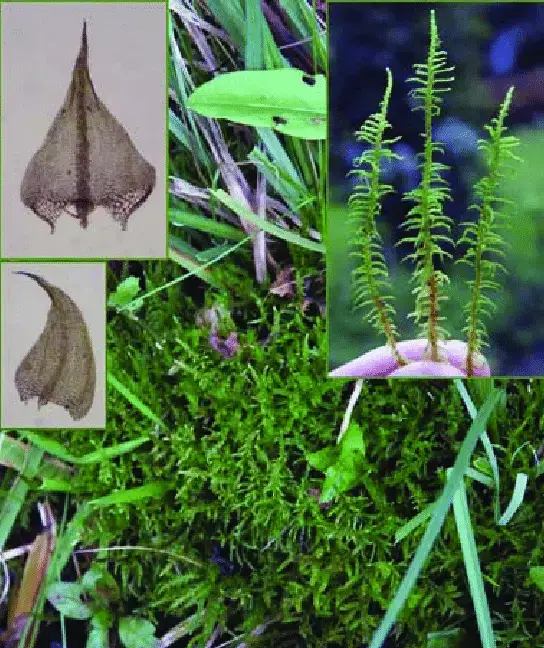
Cratoneuron-filicinum-is-a-showy-pleurocarpous-moss-one-of-45-species-in-Grand-Canyon-NP.png from: https://www.researchgate.net/figure/Cratoneuron-filicinum-is-a-showy-pleurocarpous-moss-one-of-45-species-in-Grand-Canyon-NP_fig3_290566899
Cratoneuron filicinum
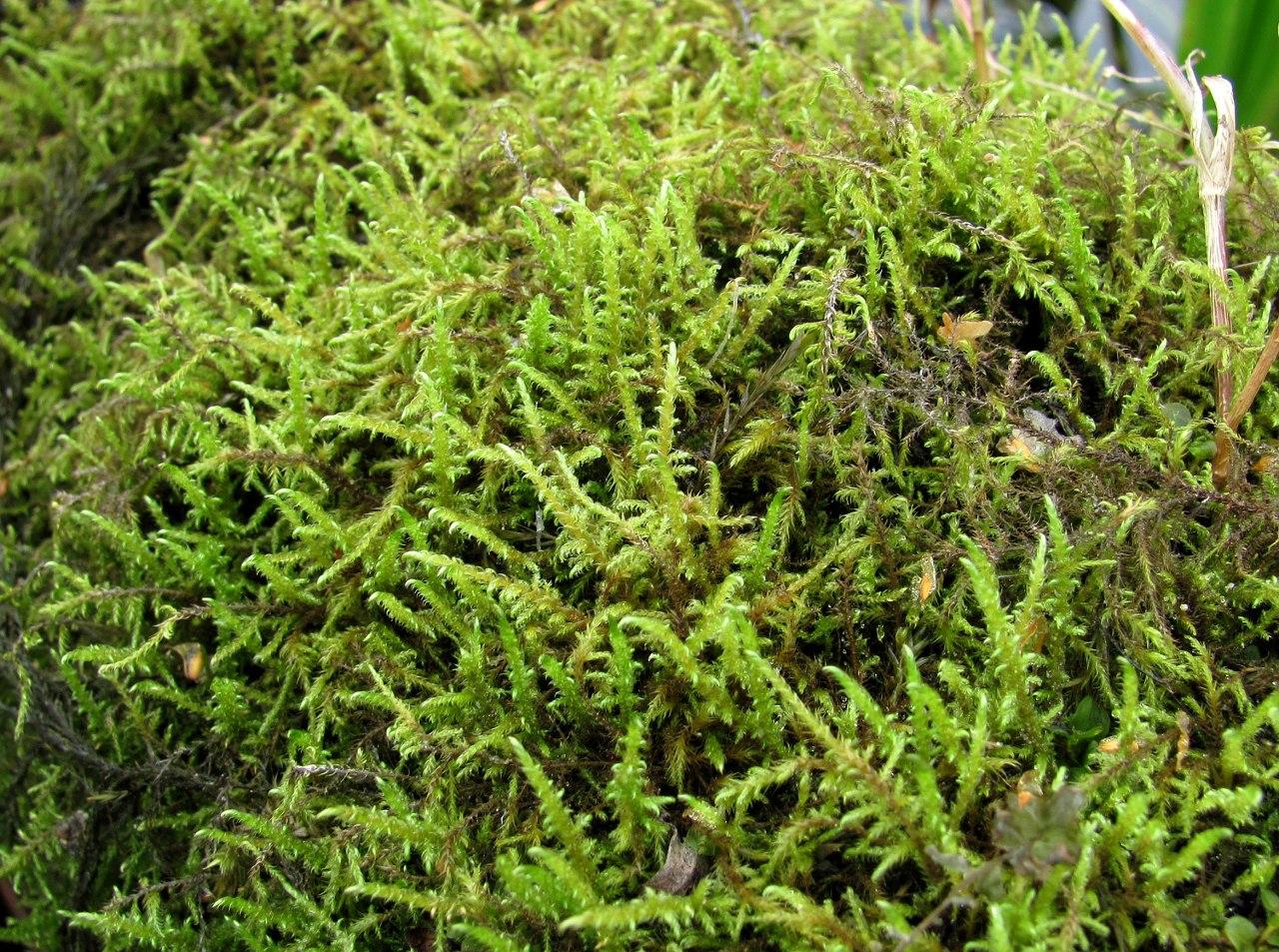
400199_287f567b.jpg from: https://www.plantarium.ru/page/image/id/400199.html
plays a significant ecological role. Its dense mats help to stabilize soil, prevent erosion, and retain moisture, creating a microhabitat for other organisms to thrive. Additionally, this moss serves as a vital food source for various invertebrates, contributing to the intricate food web of its ecosystem.
One of the remarkable adaptations of Cratoneuron filicinum is its ability to withstand desiccation. During periods of drought, the moss can enter a state of dormancy, curling its leaves inward to conserve moisture. Once favorable conditions return, it quickly revives, showcasing its resilience and adaptability.
Case Studies/Examples
In the Great Smoky Mountains National Park in the United States, Cratoneuron filicinum is a prominent component of the park’s diverse bryophyte community. Its presence in the park’s streams and seeps contributes to the overall health and biodiversity of these aquatic ecosystems, serving as a vital habitat for various aquatic invertebrates and providing a buffer against erosion.
Technical Table
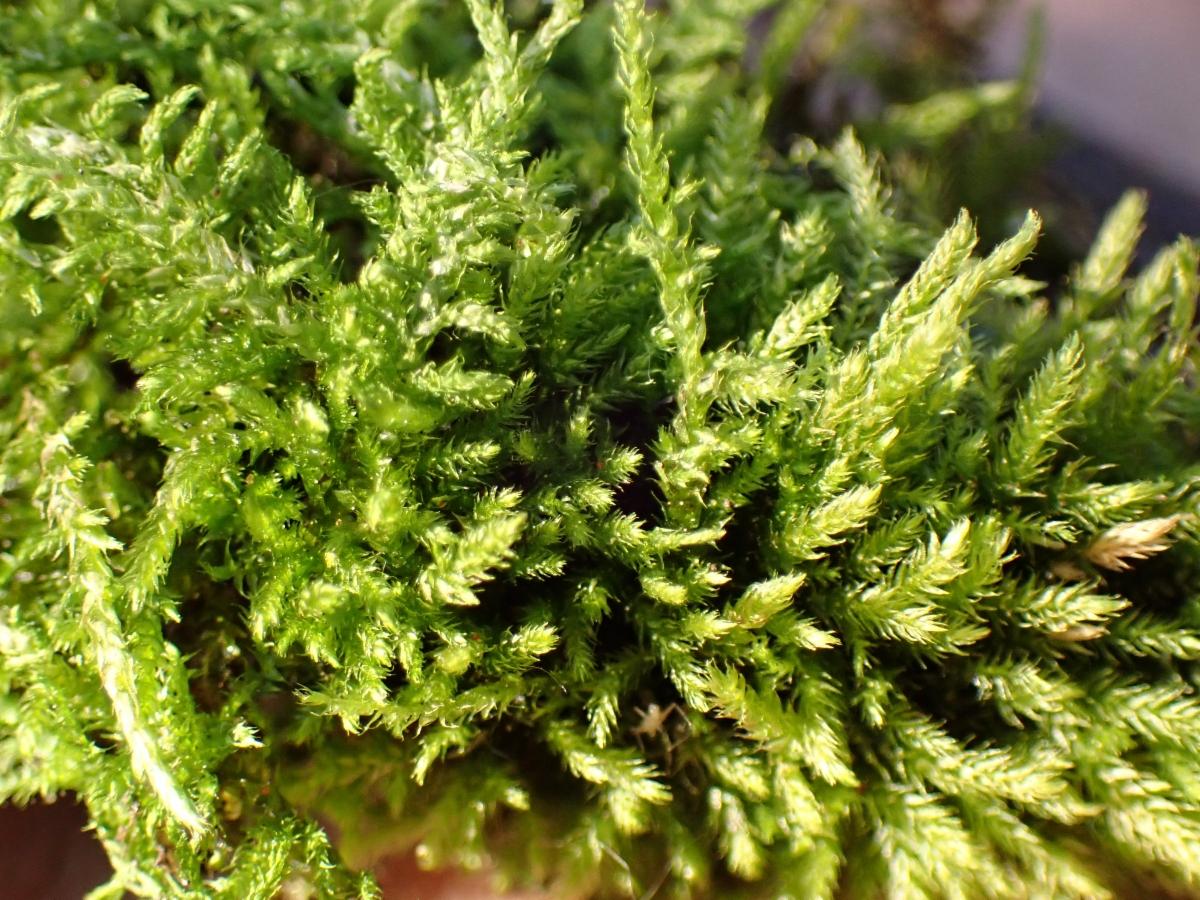
141778.jpg from: https://www.calflora.org/app/taxon?crn=13779
| Characteristic | Description |
|---|---|
| Scientific Name | Cratoneuron filicinum (Hedw.) Spruce
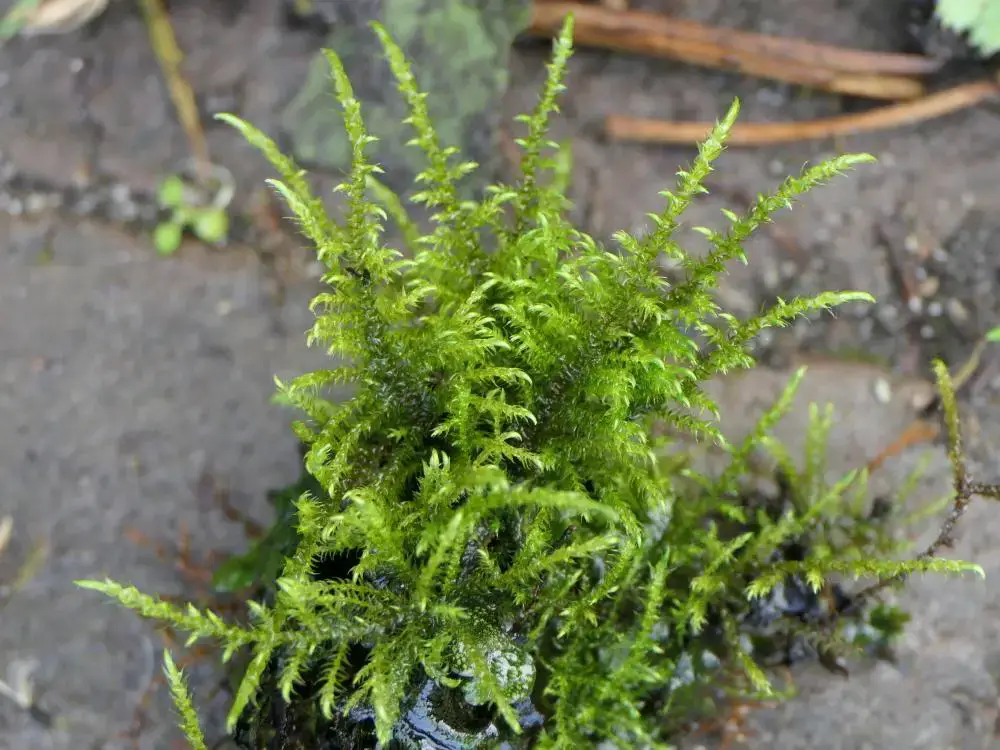 59390639.jpg from: https://waarneming.nl/waarneming/view/256865323 |
Family
 medium.jpeg from: https://www.inaturalist.org/taxa/154116-Cratoneuron-filicinum 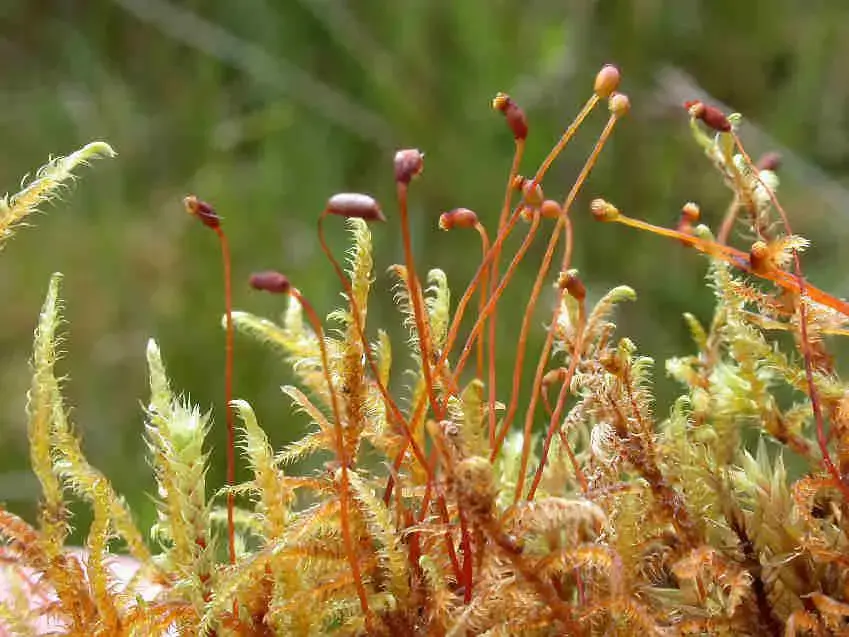 Cratoneuron_filicinum_009.JPG from: https://cisfbr.org.uk/Bryo/Cornish_Bryophytes_Cratoneuron_filicinum.html |
Amblystegiaceae |
| Growth Form | Pleurocarpous moss |
| Leaf Shape | Lanceolate |
| Leaf Cells | Hexagonal |
| Habitat | Calcareous environments, wetlands, streams |
| Distribution | Northern Hemisphere (Europe, Asia, North America) |
Conclusion
The Cratoneuron filicinum (Hedw.) Spruce moss, a true gem of the Amblystegiaceae family, is a testament to the incredible diversity and resilience of bryophytes. From its delicate fern-like appearance to its vital ecological roles, this moss captivates and inspires. As we continue to explore and appreciate the wonders of the natural world, let us ponder: What other hidden marvels await discovery, and how can we better protect and preserve these invaluable components of our ecosystems?